Buying a moped is the dream of many young people, even adults. The mop is a flexible means of transport, for example, to get to and from work. But which moped should you buy then? We help you with some advice, along with important things to keep in mind. Before you choose one, it can be good to know a little more about the two different moped classes that govern what kind of driver’s license you need and where you can drive the moped, moped class 1, and moped class 2.
1. Which moped class do you want to buy?
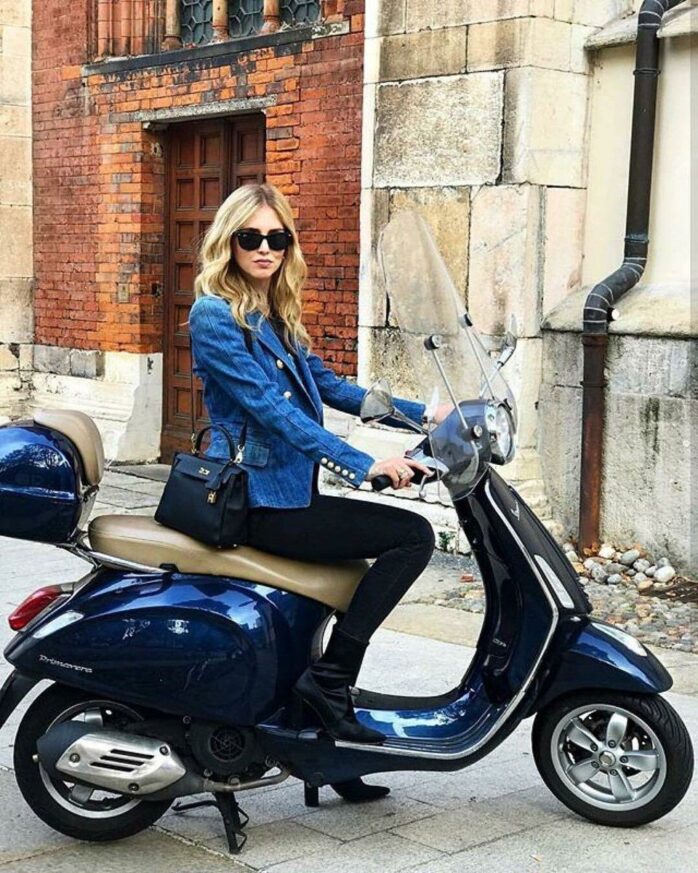
Class 1 – also called EU moped
In the EU moped, you can drive at a maximum of 45 km/h. You also need a safety helmet with an AM license. A regular driving license also works well. It is a requirement that it has a registration plate in the back and is at least traffic insured. With class 1, you are not allowed to drive on cycle paths or motorways. If you are driving someone, that person must also have a helmet.
Class 2
To make it a little complicated, there are two types of moped class II: an EU-approved one that can go at 25 km/h and one that can go at 30 km/h. In order to be allowed to drive a moped class II, you need a safety helmet and either a driver’s license for it, a tractor license, or a regular driving license.
2. Which moped should you buy?
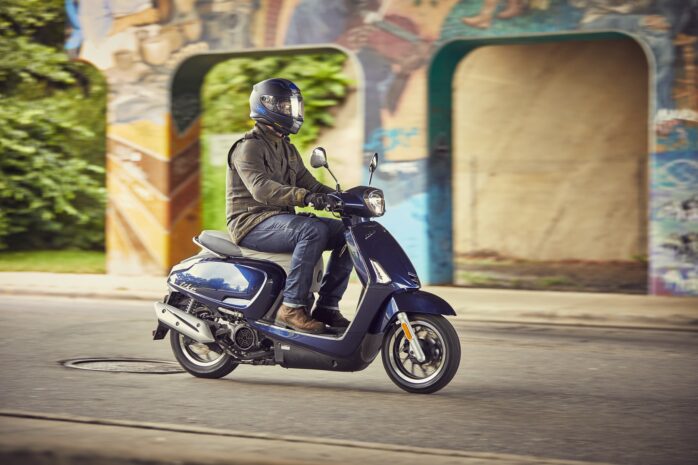
On mopeds.co.uk you can find the best mopeds from 50cc to 125cc at very affordable prices. Now it’s time to choose which moped you should buy.
Here are three things you need to think about.
- How do you want to drive it? What often determines whether you choose a class I or class II is whether you want to be able to ride on cycle paths or not, in addition to the speed itself of course.
- Different engine types. Either a 2-stroke engine, a more environmentally friendly 4-stroke engine with a smoother engine, or why not an environmentally friendly and quiet electric motor? The electric mops have an increasingly better range and are also cheap in both operation and maintenance.
- Regardless of whether you choose a new or used one, it must be serviced regularly and you need to be able to get spare parts when something breaks. Before choosing it’s brand, check how easy it is with spare parts and service. Some cheaper models become expensive in the long run when they cannot be repaired.
3. Driving license
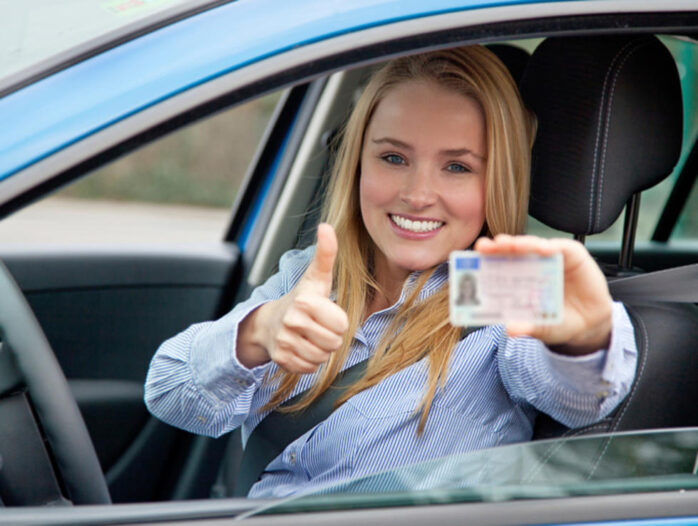
Even though more and more adults with a regular driving license are starting to use mopeds, it is still among young people without a driving license that a large target group exists. This applies to the AM driving license, which you need to drive an EU (Class I):
- You must apply for a driver’s license.
- A synthesis test is mandatory.
- You need to attend coaching or training, for example, a traffic school.
- To take the test, you must be 15 years old, but you can take a mop course three months earlier if you want.
- To get a driver’s license of class II, the requirements are not as strict. You do not need to apply for a driver’s license or take a synthesis test.
4. Is it allowed to drive without a driving license?
Which moped can you drive without a driving license? If you are going to buy one for someone who does not have a driving license, there are few to choose from. In cases where a driving license is not required, a driver’s license is almost always required. However, there are exceptions. It applies:
- To ride it class I, you must have a driving license with AM authorization.
- A driving license is not required for it in class II but you must have a driver’s license.
- An exception is if you have reached the age of 15 before October 1, 2009, then no special authorization is required to drive the vehicle.
- If you have a driving license for a car (authorization B), you can also drive it.
5. Buying a used one
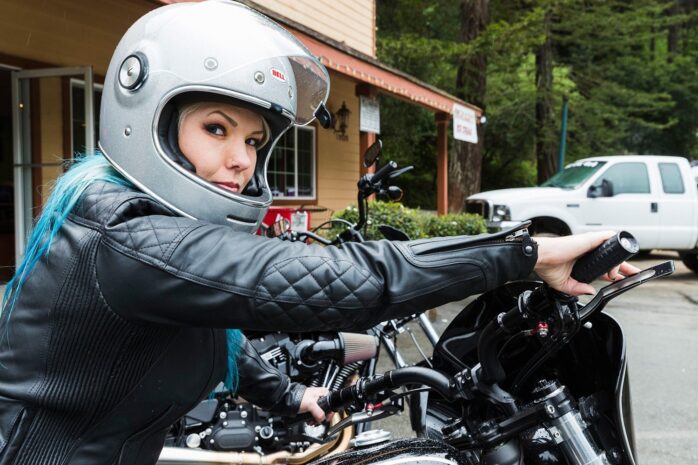
Before you pay for a used one, however, there are a lot of things that are important to check.
- Find out if it has been stolen or not. A good way to check this is to look for the frame number on it. Then compare that number with its registration paper. If the number is correct, you can buy with a clear conscience.
- Check it’s condition, you can do this best by testing, something you should always do before buying. During a test drive, you will probably notice if there are any problems with the engine, for example, if it chops, and that the brakes work properly. It can also be a good idea to accelerate to maximum speed. If it has not been tuned or tampered with, it should not be able to go faster than 50 kilometers per hour, possibly 55 kilometers per hour. Admittedly, you can buy a tuned moped if you want, but the risk is then that it has been driven harder and more carelessly, and you can never be sure of exactly what has changed in the engine. Thus, the insurance may not cover it.
- Carefully inspect it when it is stationary. Then you can, for example, check that the tires still have sufficiently deep patterns and that the paint looks nice. Deficiencies in any of these points are a good reason to bring the price down slightly as it may involve an extra cost for you.
- Check how far it has gone and how many owners it has had, as it also affects the value.
6. Be careful with these when buying a moped
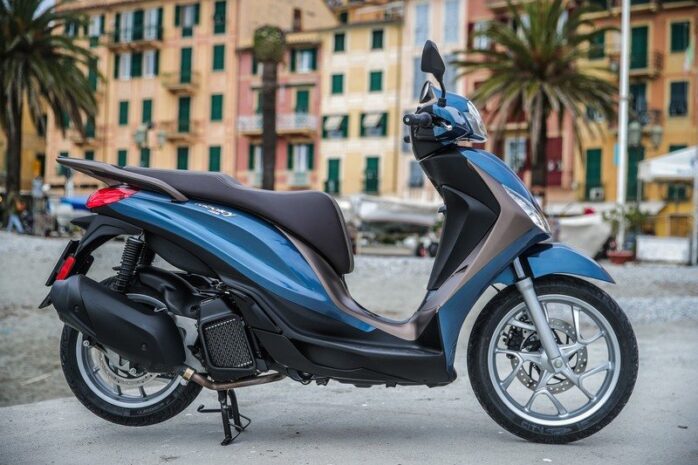
- If you don’t have a registration number. Make sure that the moped you buy has a type certificate.
- Never buy a tuned one. These are clearly overrepresented in severe accidents. In addition, neither insurance nor guarantees apply.
7. Where are mopeds allowed to ride?
These have an engine of up to 50cc and a maximum speed of 50 km/h. For this reason, the law determines that they must be driven on the right of the tread, preferably in the center of the lane.
The movement of mopeds is prohibited on fast-moving lanes. Nor can they ride on bike paths or on sidewalks. The law does not allow traveling at speeds less than half the maximum speed of the road, with this, it cannot run on highways whose limits are 100 or 120 km/h.
8. Insurance
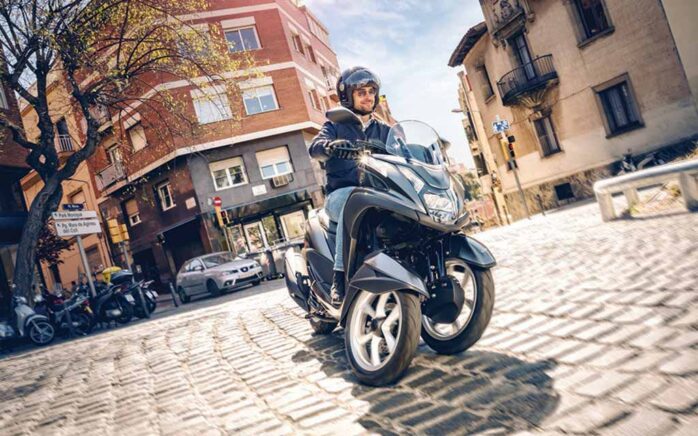
Regardless of which moped you choose, you must have insurance for it to be able to drive it at all. The most important thing that you should have is motor insurance. It does not replace anything on it but mainly covers damage to your fellow road users and their property, for example, if you drive a car. Your traffic insurance also provides compensation to you and your passengers if you are injured in a traffic accident.
The most common and best is still to choose either full or half insurance. Semi-insurance includes, in addition to traffic insurance, protection in the event of fire, theft, and glass damage as well as crisis insurance, salvage, and legal protection. The full insurance also covers damage to the moped itself as a result of, for example, a traffic accident, if you fall over or damage.
The post 8 Things To Keep in Mind When Buying a Moped! appeared first on FotoLog.
from FotoLog https://ift.tt/31EpGMn
via IFTTT


0 Comments